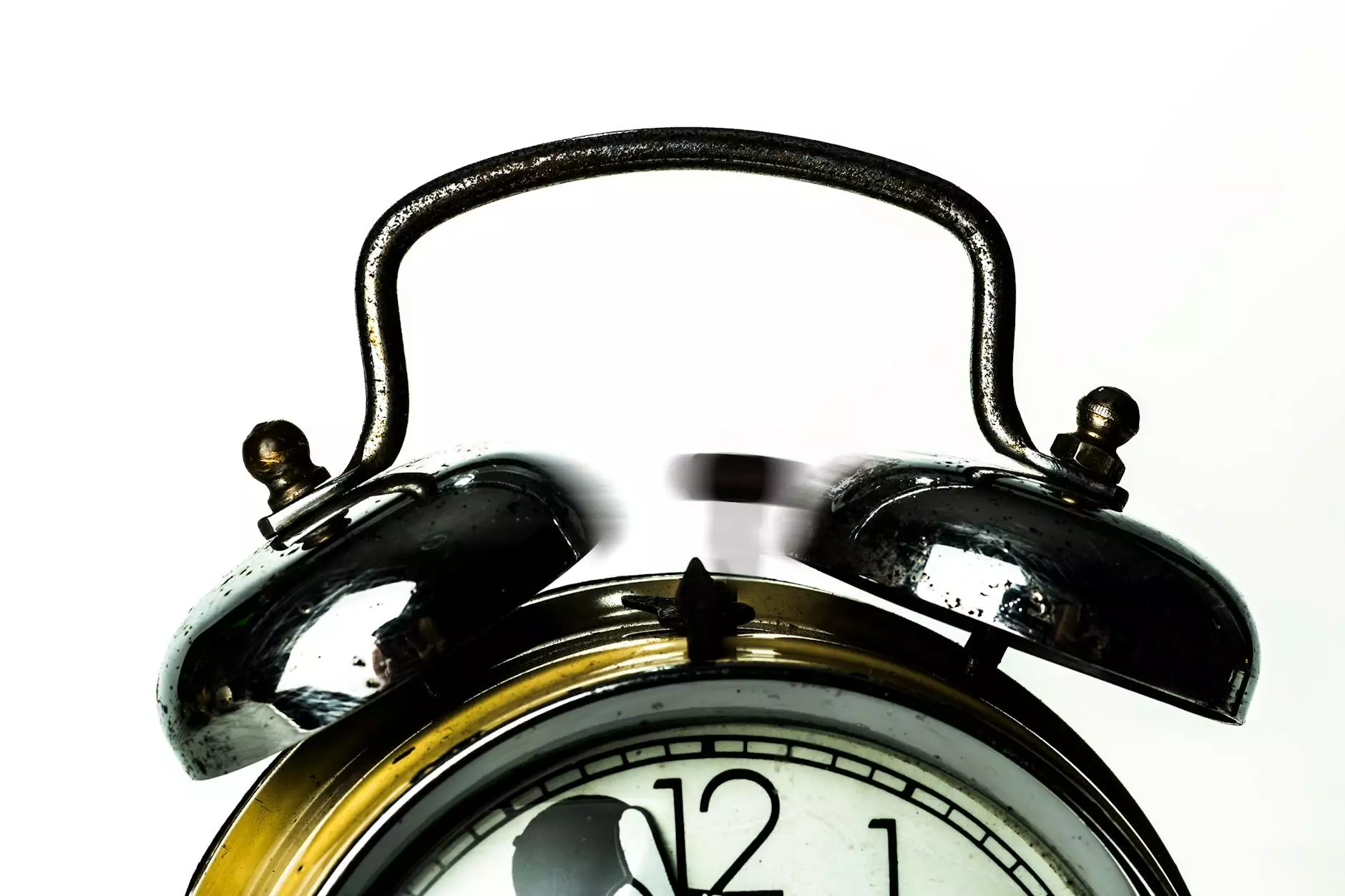DIY Math Bowling

Introduction
Welcome to The Knowledge Nest, your go-to platform for innovative and educational activities in the Community and Society category. In this article, we'll introduce you to the exciting world of DIY Math Bowling, a fun and interactive game that will engage children while developing their math skills.
What is DIY Math Bowling?
DIY Math Bowling is a unique activity that combines the thrill of bowling with the educational value of mathematics. By incorporating math concepts into a game format, children experience a hands-on approach to learning, making it fun and engaging.
The Benefits of DIY Math Bowling
Engaging children in DIY Math Bowling offers a multitude of benefits:
- Math Skill Development: Incorporate addition, subtraction, multiplication, and division questions into the game, helping children improve their calculation abilities.
- Problem-Solving: Encourage critical thinking as children strategize their moves, calculate scores, and analyze results.
- Active Learning: Get children physically active while learning, as they develop coordination, balance, and motor skills during the bowling process.
- Teamwork and Social Skills: Foster collaboration and cooperation by organizing DIY Math Bowling sessions in groups, allowing children to work together towards a common goal.
- Confidence Building: Boost children's confidence as they grasp math concepts, improve their scores, and achieve successes.
How to Organize DIY Math Bowling
Follow these simple steps to organize a DIY Math Bowling activity:
Step 1: Materials
Gather the following materials:
- A set of bowling pins
- A bowling ball
- Math flashcards with age-appropriate questions
- A score sheet and a pen
Step 2: Setup
Designate a clear area where the game will be played, ensuring there is enough space for the bowling lane and players. Set up the bowling pins at the end of the lane in the traditional bowling formation.
Step 3: Rules
Establish the rules of the game, which can include scoring system, number of rounds, bonus questions, and any additional guidelines.
Step 4: Math Questions
Create an array of math questions based on the participants' skill level. Include questions related to addition, subtraction, multiplication, and division.
Step 5: Gameplay
Each player will take turns to bowl the ball towards the pins. Before rolling, they must answer a math question. A correct answer grants them a better chance of hitting more pins. Keep track of each player's score on the score sheet.
Step 6: Learning Moments
During the game, encourage discussions about math concepts, offer explanations, and provide hints to consolidate learning in an interactive manner.
Step 7: Rewards
At the end of the game, acknowledge everyone's efforts and achievements. Consider offering small rewards or certificates to encourage further participation and motivate learning.
Incorporating DIY Math Bowling Into Education
DIY Math Bowling can be a valuable addition to various educational settings:
In Schools
Schools can integrate DIY Math Bowling into their curriculum as a creative and engaging way to reinforce math concepts. It can be utilized during regular math lessons, as a reward for good performance, or during special math-focused events.
In Homeschooling
Homeschooling parents can use DIY Math Bowling to make math learning more enjoyable and interactive. It offers a break from traditional textbooks and worksheets, providing a hands-on learning experience.
In Community Centers
Community centers can organize DIY Math Bowling sessions as part of their educational programs. It serves as a recreational and educational activity that brings children and families together while promoting learning.
Conclusion
DIY Math Bowling is a fantastic activity that combines the excitement of bowling with the educational benefits of math. Engage children in an interactive learning experience while fostering teamwork, problem-solving, and math skill development. Explore the possibilities of DIY Math Bowling and witness the transformative impact it can have on young learners.










